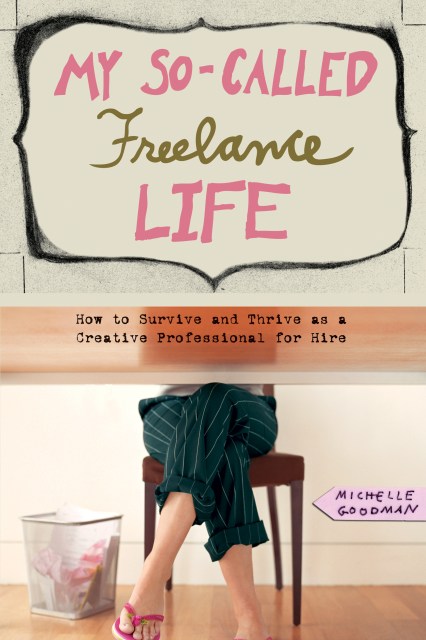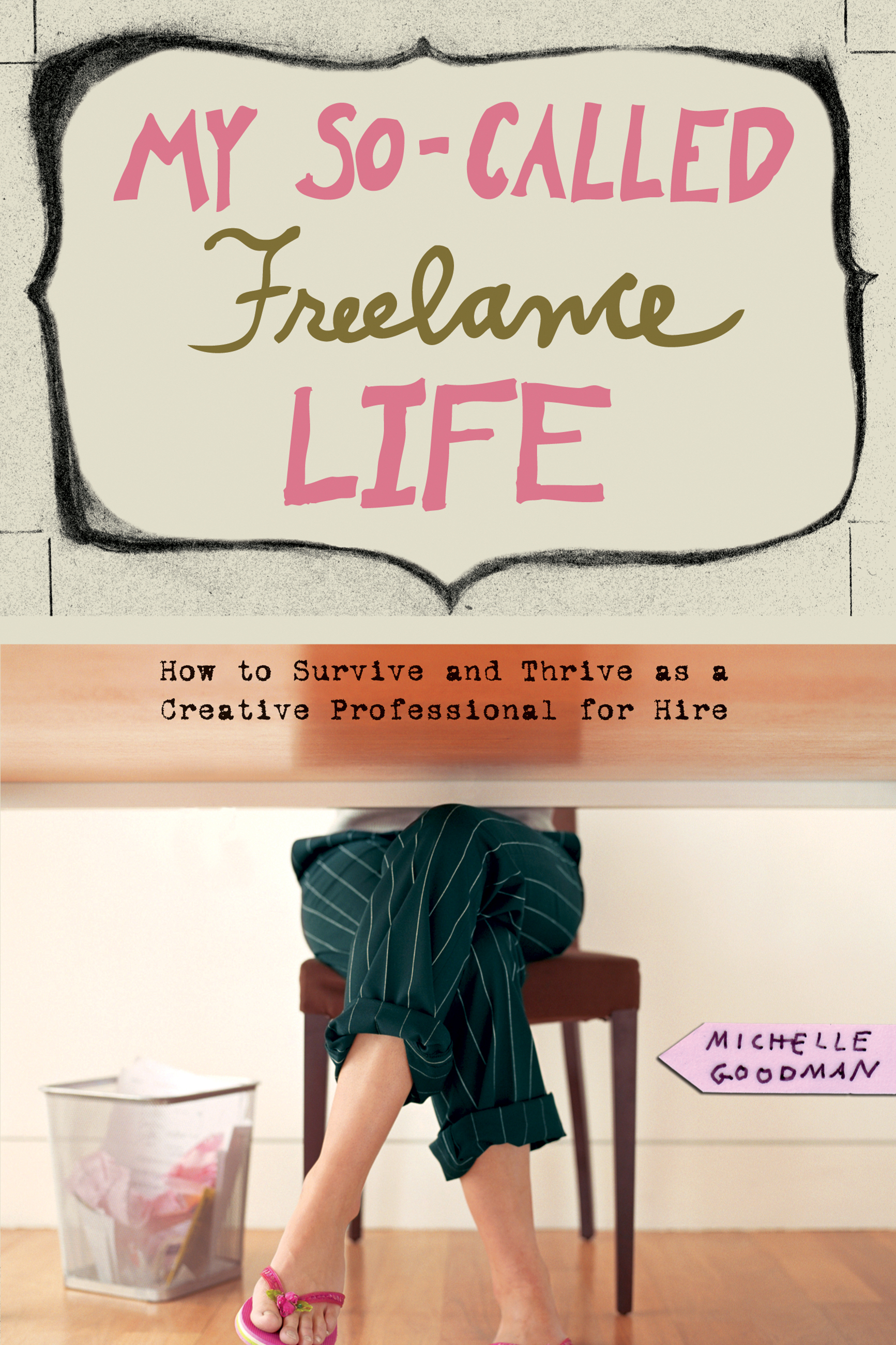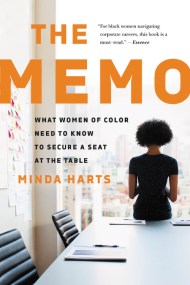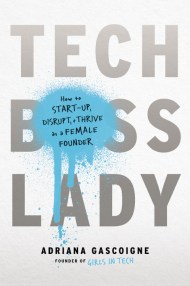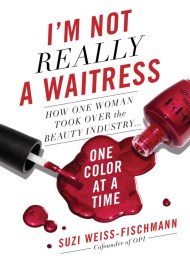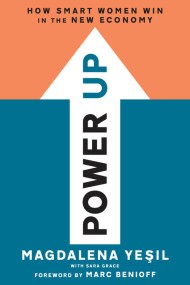Promotion
Use code MOM24 for 20% off site wide + free shipping over $45
My So-Called Freelance Life
How to Survive and Thrive as a Creative Professional for Hire
Contributors
Formats and Prices
Price
$11.99Price
$15.99 CADFormat
Format:
- ebook $11.99 $15.99 CAD
- Trade Paperback $19.99 $25.99 CAD
This item is a preorder. Your payment method will be charged immediately, and the product is expected to ship on or around November 10, 2008. This date is subject to change due to shipping delays beyond our control.
Also available from:
Tired of clocking in and losing out? Want to pursue creative, fulfilling work on your own time and also make a living in the process? My So-Called Freelance Life is a how-to guidebook for women who want to avoid the daily grind and turn their freelance dreams into reality.
Michelle Goodman, author of The Anti 9-to-5 Guide and self-proclaimed former "wage slave,” offers tips, advice, how-to’s, and everything else a woman needs to pursue a freelance career. Confused as to whether you should tell your clients that the odd gurgling sound during a conference call is emanating from the infant sleeping on your shoulder? Goodman answers all of the unusual questions that may arise for women exploring the freelance world.
Far more than your normal business guidebook,My So-Called Freelance Life blends candid, humorous anecdotes from a wide variety of freelancers with Goodman’s own personal experiences as a creative worker for hire. Whether you’re a freelance first-timer or a seasoned creative professional, copyediting queen or web guru,My So-Called Freelance Lifeis an invaluable resource for anyone interested in freelancing.
Genre:
- On Sale
- Nov 10, 2008
- Page Count
- 240 pages
- Publisher
- Seal Press
- ISBN-13
- 9780786726271
Newsletter Signup
By clicking ‘Sign Up,’ I acknowledge that I have read and agree to Hachette Book Group’s Privacy Policy and Terms of Use
